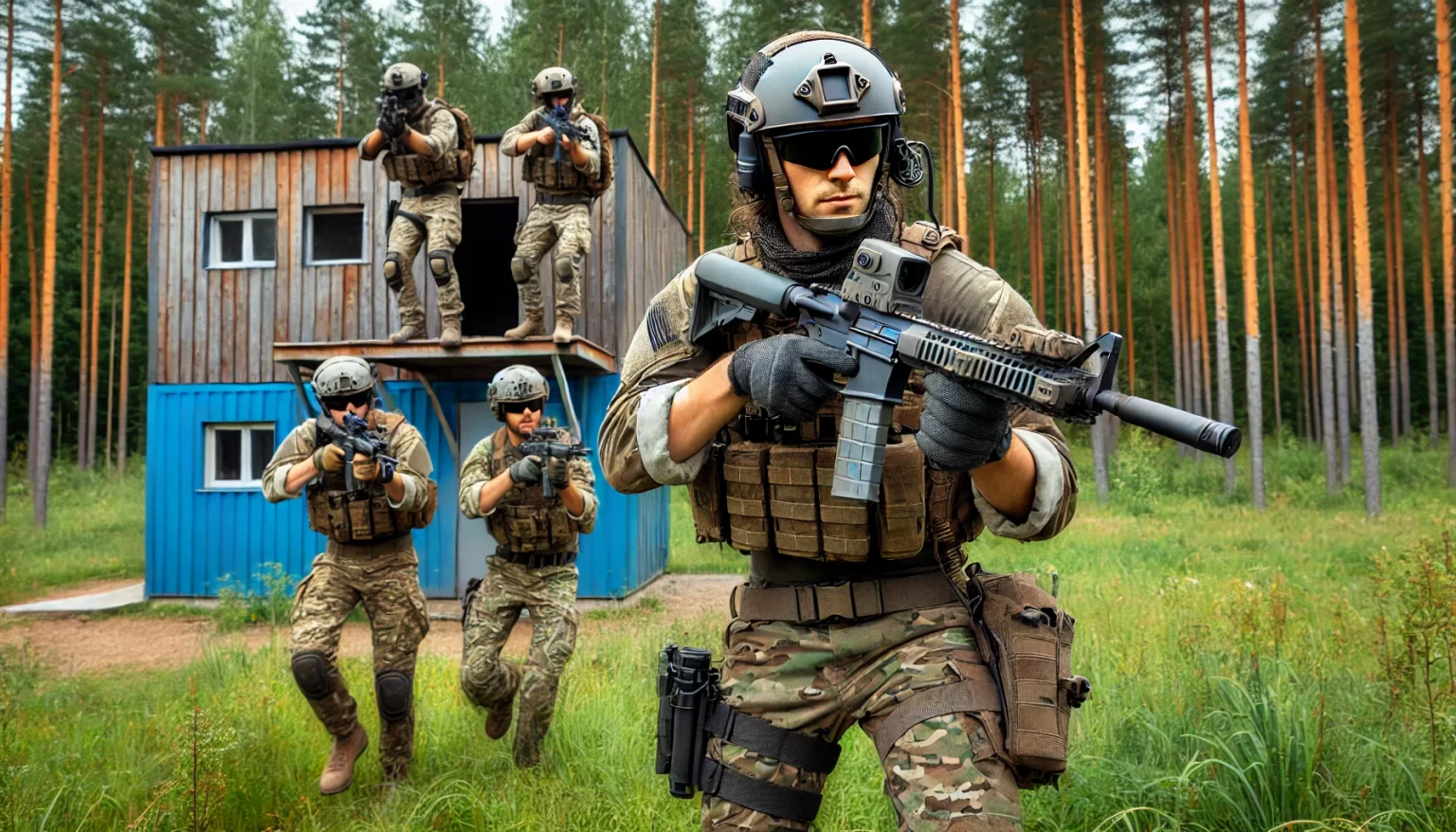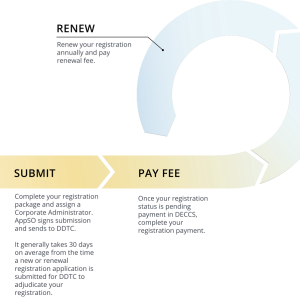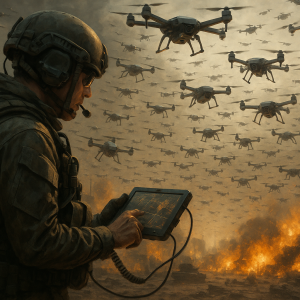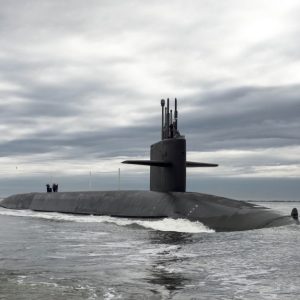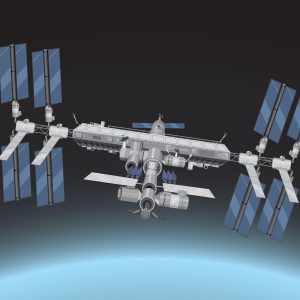The U.S. Army Strategic Transformation Plan signals the most consequential re‑architecture of American land forces in a generation—and a recalibration that will shape NATO’s land posture for the 2030s. Our analysis draws on the secretary’s Army Transformation and Acquisition Reform memorandum and subsequent Army guidance to examine how this plan reshapes force design, training, and procurement across the Alliance.
Key Facts
Directive in force: Secretary-level memo orders a leaner, more lethal Army; merges redundant headquarters, accelerates AI‑enabled C2, and fields division‑level uncrewed systems by 2026. [1][2]
Acquisition pivot: Shifts from program‑centric to capability‑based funding; expands right to repair and Other Transaction Authority to speed prototyping and sustainment. [1]
Allied effect: Interoperability with NATO multi‑domain concepts and digitally networked training architectures becomes the center of gravity. [3][4]
At its core, the U.S. Army Strategic Transformation Plan directs an accelerated divestment of obsolete systems, consolidation of headquarters, and a reprioritization of long‑range fires, air and missile defense, electronic warfare, cyber, and counter‑space. It elevates division‑centric operations with air‑ and ground‑launched effects and embeds uncrewed systems into maneuver units, pushing counter‑UAS down to platoon and company echelons by 2026–27. [1][2]
Force Design for the 2030s: Modular, AI‑Enabled, Allied
The transformation replaces static, headquarters‑heavy structures with mission‑tailored, modular formations configured for specific theaters. The memo calls to merge Army Futures Command with TRADOC into a single four‑star command, consolidate FORSCOM with Army North and Army South for a hemispheric focus, and restructure the sustainment enterprise under Army Materiel Command. [1][2]
This design is not merely administrative. It underpins AI‑driven command and control at corps and division level by 2027, enables rapid fielding of drone swarms to augment reduced manned attack aviation, and sets explicit milestones for long‑range missiles capable of striking moving land and maritime targets by 2027. [1]
For NATO, the signal is unambiguous: the United States expects coalition formations to plug into a digitally synchronized battlespace defined by resilient networks, sensor fusion, and expedited kill chains. This aligns with the Alliance’s 2022 Strategic Concept and ongoing work on distributed synthetic training and multi‑domain interoperability. [3][5]
Acquisition & Sustainment: From Programs to Capabilities
The memo’s most disruptive element is in acquisition reform. It directs a pivot from program‑centric budgeting toward capability‑based funding across portfolios such as UAS, counter‑UAS, and electronic warfare, coupled with multi‑year procurement when cost‑effective. By broadening Other Transaction Authority and enforcing right‑to‑repair provisions, the plan targets lifecycle costs and readiness drag created by contractor‑locked sustainment. [1]
Equally consequential is the industrial base modernization line of effort—expanding additive manufacturing to operational units by 2026 and bringing the munitions enterprise to full operational capability by 2028. These moves compress the sensor‑to‑shooter timeline in theater while hardening NATO’s supply elasticity for prolonged high‑intensity conflict. [1][2]
Training the Force: Cognitive Dominance by Design
The U.S. Army Strategic Transformation Plan elevates training from compliance to cognitive dominance. It accelerates synthetic, distributed, and live‑virtual‑constructive environments, dovetailing with the British Army’s Future Collective Training System and broader NATO initiatives in distributed synthetic training. The shared aim is a digital‑first readiness architecture where coalition units rehearse as they will fight—data‑rich, contested, and joint by default. [4][5][6]
Embedding AI‑enabled decision support, physiological feedback, and mixed‑reality mission rehearsal reduces training latency and builds cross‑domain fluency. That approach also supports human‑machine teaming and the rapid integration of iterative uncrewed capabilities at the edge, an area where several NATO armies are already experimenting at scale. [6]
Market Signals: What European & Allied Industry Should Build
For primes and tier‑one suppliers, the procurement horizon tilts toward modular UGVs, attritable aerial effects, AI‑fused C2, and expeditionary air‑littoral sensors. For tier‑twos and SMEs, the near‑term opportunities sit in counter‑UAS at platoon/company scale, edge compute for sensor fusion, secure mesh networking, and additive manufacturing toolchains that can be certified for field use. [1][2]
Interoperability is now a competitive discriminator. Solutions that natively support Allied data standards, strong cyber‑resilience, and federated training will scale faster across NATO. This is where France’s SCORPION architecture and the UK’s training transformation provide ready interfaces for transatlantic teaming and export pathways. [4][7]
Related on Defence Agenda: how resilient stockpiles and surge capacity underpin deterrence—see our analysis of the defence‑industrial base readiness challenge.
Strategic Bottom Line
The U.S. Army Strategic Transformation Plan is not a routine re‑org. It is a theater‑level operating concept that turns divisions into AI‑enabled battle managers, pairs leaner manned formations with massed autonomous effects, and recasts acquisition around capabilities rather than legacy line items. For NATO, it offers a practical blueprint: digitally interoperable forces, shorter fielding cycles, and forward‑leaning sustainment—the triad that will matter most in any high‑end contingency.
Execution remains the risk. Merging commands, rewriting contracts, and fielding edge AI across echelons will test institutions and budgets. Yet the direction is clear—and aligned with Allied doctrine. The measure of success will be whether NATO divisions can observe, decide, and mass effects faster than any adversary.

External link: NATO’s 2022 Strategic Concept (official PDF). Open document.
References
- U.S. Department of Defense, Army Transformation and Acquisition Reform (SECDEF memorandum, Apr. 30, 2025). PDF
- Task & Purpose, “Hegseth orders consolidation and transformation of the Army,” May 3, 2025. Article
- NATO, Strategic Concept 2022 (official PDF). PDF
- UK MOD / DASA, Future Collective Training System (FCTS) related materials (Populating the World of Training). Gov.uk
- NATO Allied Command (SHAPE), Distributed Synthetic Training initiatives. NATO
- U.S. Army / Army.mil, letters and releases on the Army Transformation Initiative, May 1, 2025. Army.mil
- French MoD, SCORPION programme. Defense.gouv.fr
Further Reading
Defense One – U.S. Army transformation coverage | DefenseScoop – Army structure changes | NTSA – U.S. Army synthetic training
Source for featured image and memo reporting: Task & Purpose. Original memo: U.S. Department of Defense (PDF).
Tags: U.S. Army, NATO, Army Transformation, Acquisition Reform, Right to Repair, Uncrewed Systems, Multi‑Domain Operations

